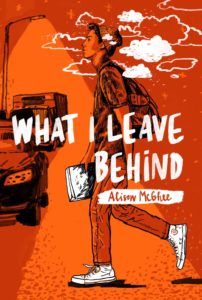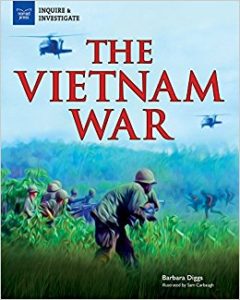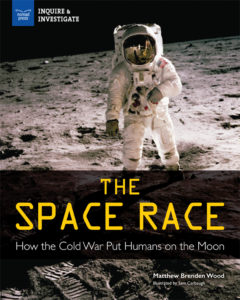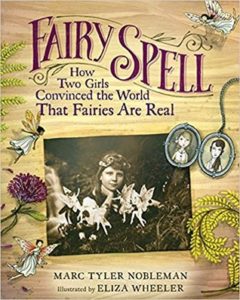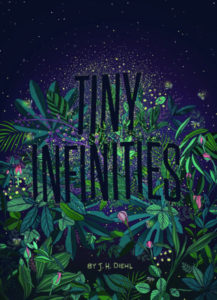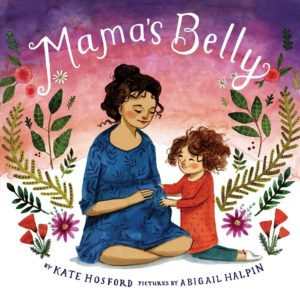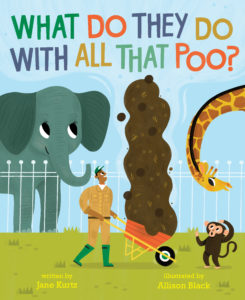 What Do They Do With All That Poo? by Jane Kurtz taps into the fascination most kids have with the concept that everything poops. On a tour of zoo animals Kurtz sneaks in education about what animals eat and how that affects the waste that comes out of their bodies.
What Do They Do With All That Poo? by Jane Kurtz taps into the fascination most kids have with the concept that everything poops. On a tour of zoo animals Kurtz sneaks in education about what animals eat and how that affects the waste that comes out of their bodies.
For instance, “a penguin shoots its poo out in a fishy-smelling streak.” Since penguins don’t have teeth, “fish go through them fairly rapidly.” Kids learn about hippos using dung to mark their territory, wombats pooping cube shapes, snakes that only poop once a year, why panda poo doesn’t stink, and more. They also learn about how zoos handle the waste. Lots of it get trucked away. Some goes to research. Some gets turned into compost or even paper and sold to people who want to use it.
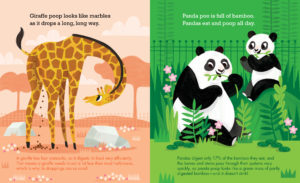 Allison Black’s illustrations are cute and whimsical, showing happy animals smiling while they do what every living thing does. What Do They Do With All That Poo? is sure to prompt lots of laughter while encouraging parent-child conversations about bodily functions, zoo animals, and the role of waste in nature.
Allison Black’s illustrations are cute and whimsical, showing happy animals smiling while they do what every living thing does. What Do They Do With All That Poo? is sure to prompt lots of laughter while encouraging parent-child conversations about bodily functions, zoo animals, and the role of waste in nature.
The author provided me with a copy of this book in exchange for my honest review.

